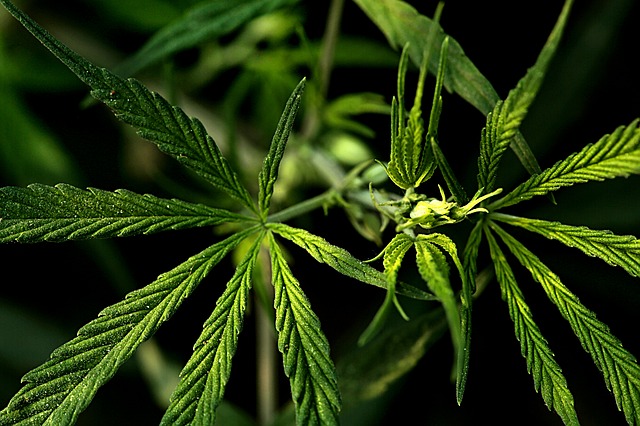
As 2019 draws to a close, let’s review WTF just happened in cannabis, because this year was akin to consuming too many strong edibles, followed by multiple shots of very expensive tequila.
The cannabis industry had a tough year, losing money for investors and, as a result, thousands of industry-related jobs. This occurred with breathtaking speed for numerous brands, including Oregon’s Cura Partners, maker of the Select brand of products.
In May, MJ Business Daily reported that Curaleaf had agreed to acquire Cura Partners in an all-stock deal worth $949 million. But in late October, Cura Partners announced that the terms of the deal had been revised due to “changing market conditions,” reducing the amount of stock from 95.6 million shares to 55 million. Achieving sales goals can activate the release of additional shares, but still, that’s a drop of nearly half.
Those “changing market conditions” impacted vaping giant PAX Labs as well. In April, they raised a record $420 million, putting their valuation at $1.7 billion. Their newly installed CEO spoke of taking the 2017-founded company public in 2020, but by September, the CEO was out, and by October, PAX had laid off 25 percent of their staff. The company explained that the cutbacks were due to a “significant revenue miss.”
There were other factors at play for PAX than just Vapocalypse 2019, which the CDC began investigating on August 1.
As of November 13, the number of reported Electronic Vaping Associated Lung Injury (EVALI) cases hit 2,172, resulting in the deaths of 42 people, two of which occurred in Oregon. The CDC has announced they’re getting closer to determining the causes of EVALI, with the thickening additive vitamin E acetate a “chemical of concern.”
Obviously, the most important players in this crisis are those who have been sickened or killed by vaping, and hopefully, the CDC’s eventual findings and increased regulation will prevent anything like EVALI from happening again.
Less importantly, there were financial impacts: It’s estimated that vaping products account for 10 to 25 perecent of the recreational cannabis market, meaning EVALI affected the profits of vape-related producers and retailers. Edible makers, meanwhile, saw an increase in sales as consumers sought out alternatives to vaping.
Since the crisis, four of the largest cannabis brands lost a combined $10 billion in market valuation, with several of the best-known California companies announcing major staff reductions.
Meanwhile, MedMen cut 190 jobs last month, Oregon-based Golden Leaf laid off 33 people in April, and Canadian brands also let hundreds of employees go. Not exempt were delivery service Eaze and popular app Weedmaps who, combined, handed out pink slips to nearly 150 people.
Aside from Vapocalypse, why are so many brands losing money? The reasons most often cited by the industry are lack of access to traditional banking services and capital and a slower than expected rollout for sales programs in states like Massachusetts and California—the latter being the world’s largest legal cannabis marketplace. The Golden State’s best attempts have yet to give the industry what it needs, which include….
Lower taxes: As of January 2020, growers in California will be paying a “cultivation tax” of $9.65 per ounce on flowers, $2.87 per ounce on leaves, and $1.35 per ounce on fresh cannabis plants. Dispensaries pay a 15 percent excise sales tax to the state, which is passed along to consumers, in addition to various state, city, and county taxes, which can bring the total tax bill for some buyers to nearly 50 percent.
Making more retail establishments available: An astounding 75 percent of California’s cities and counties do not allow retail shops. According to Forbes, there is “only one licensed retailer for every 35,147 adults over the age of 21” in California. Compare that to Oregon, where that number is one dispensary per 5,567 adults 21 or older, or Colorado, where it’s one for every 4,240.
Even in the face of such adversity, the industry retains its optimism. Illinois, which begins rec sales January 1, is expecting a strong rollout, and in Oregon, record-low wholesale prices seem to be a thing of the past, with growers seeing a welcome uptick in prices. For the sake of battered craft growers across the state, let’s hope that trend continues.

